The Story of the Legendary General George S. Patton
March 19th, 2024
7 minute read
I met the man in my medical clinic. He was skinny and old. He looked like everybody’s grandfather. His right forearm was a mass of scars. I naturally inquired where he had acquired those.
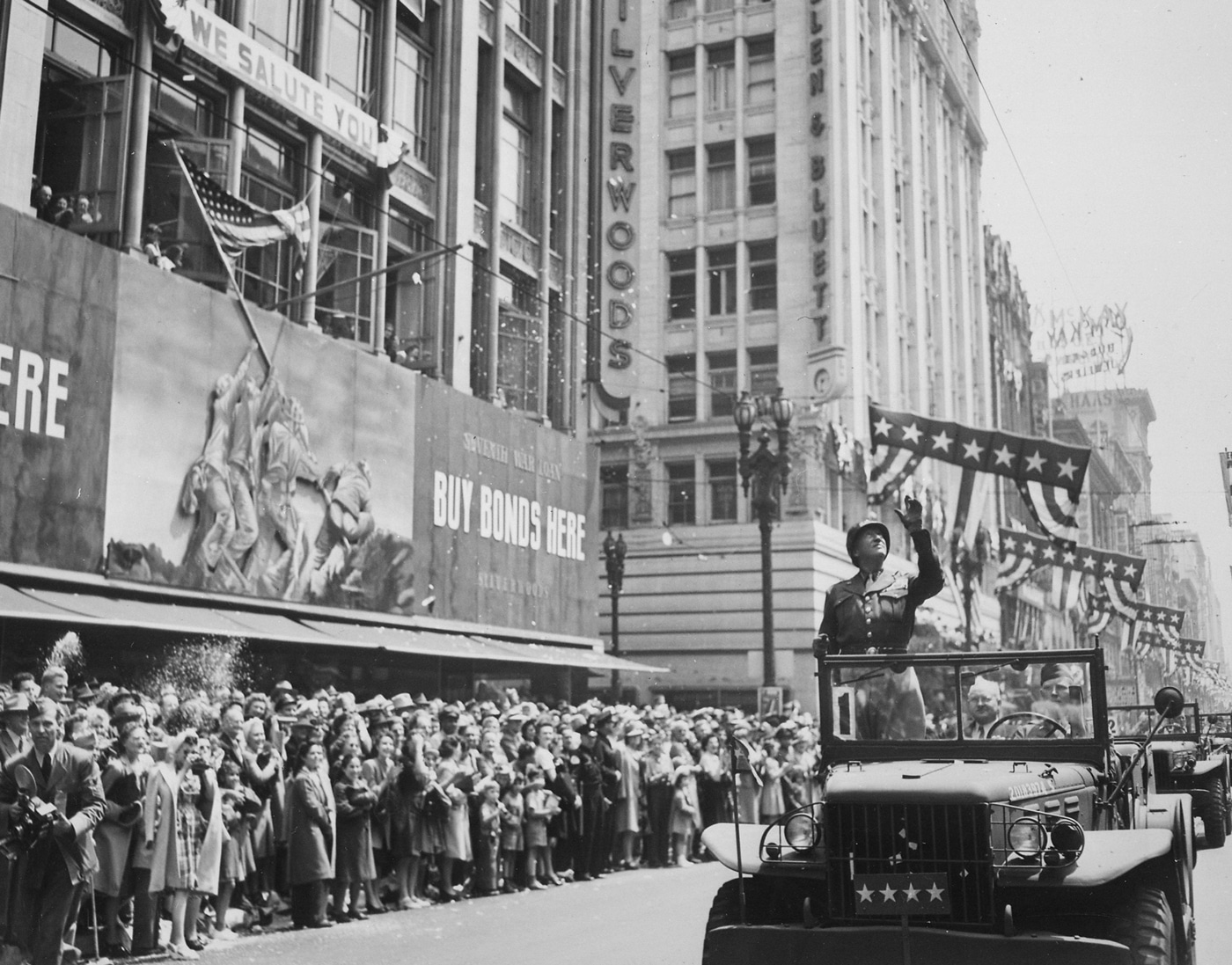
A lifetime ago this small quiet man was a member of the 5th Ranger Battalion huddled down inside a British-crewed LCA (Landing Craft Assault) boat churning toward Omaha Beach in the first wave. Have you seen Saving Private Ryan? Yeah, he really did that.
The man obviously survived the invasion as well as the hellish slog through the bocage country that followed. He lost two toes at the Battle of the Bulge and fought through the Hurtgen Forest. Along the way, he met General George Patton twice.
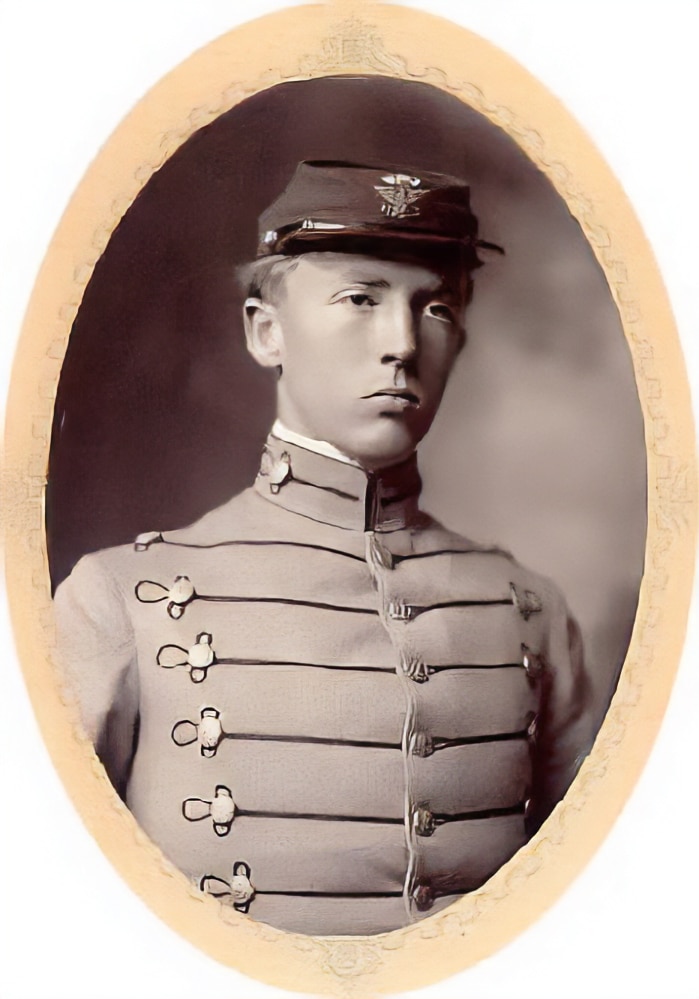
My friend said that Patton had an odd high-pitched voice that seemed incongruous with his alpha male persona. He told me that the man was as profane and flamboyant in person as the movie made him out to be. At one point my buddy was standing outside of a tent that had recently played host to a command briefing orchestrated by General Eisenhower. All the major players were there, to include Patton, Bradley, and Montgomery. As the meeting concluded, Patton and another General walked past. They were engaged in an animated discussion about what they had just heard, oblivious to their surroundings.
My friend related that he heard Patton say, “Ike doesn’t know how to fight a damn war! We need to hit ‘em in the flanks, and we need to pound them down until they don’t have any fight left in ‘em.”
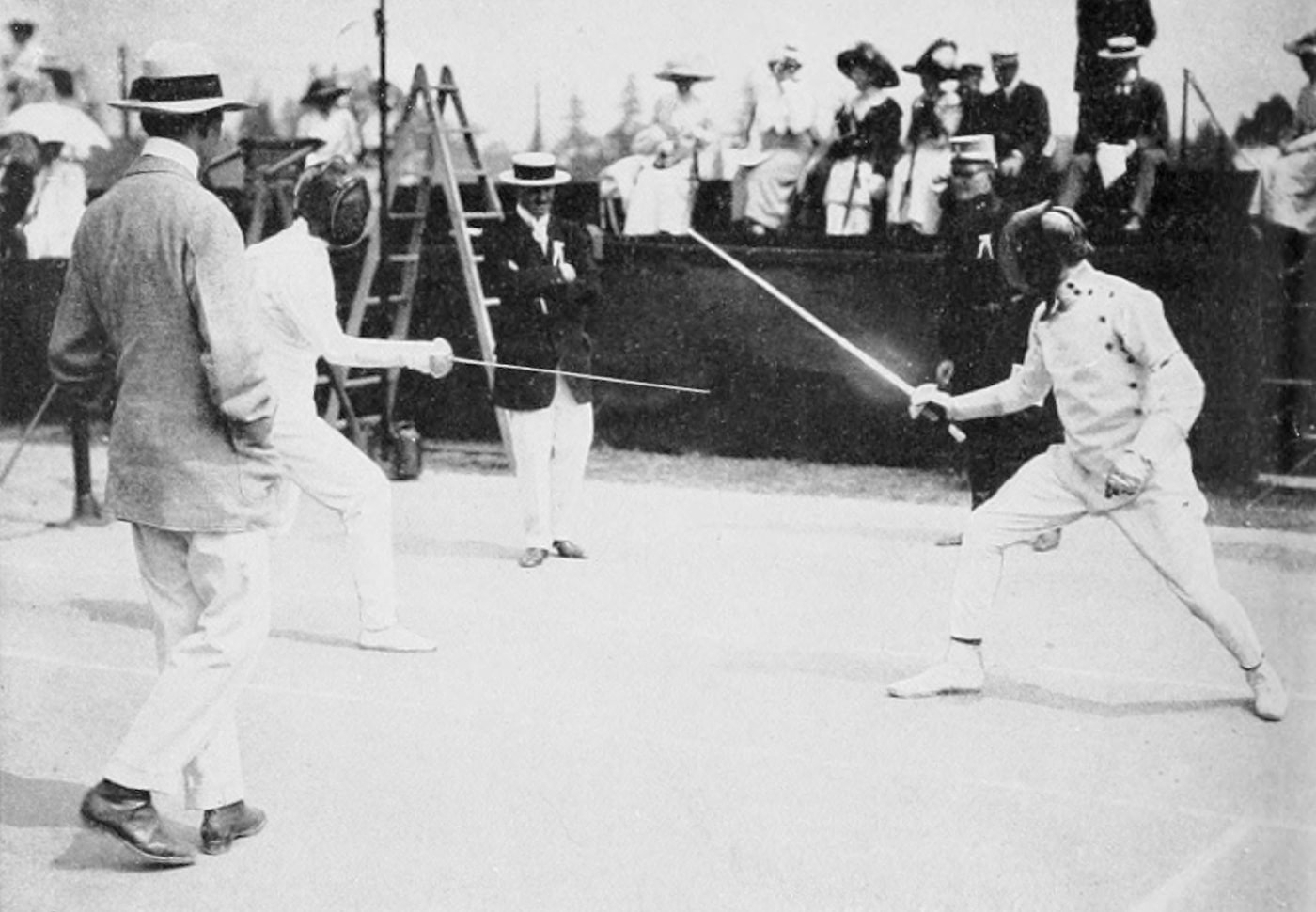
Back then, being a general obviously did not require quite as much political sensitivity as might be the case nowadays. Patton would not make it past captain in today’s army. However, my buddy’s first-person observations help put meat on the bones of the historical figure that was arguably America’s most audacious General.
Origin Story
George Smith Patton, Jr. was born in Los Angeles in 1885. He had a younger sister, Nita, who was, for a time, engaged to marry John J. “Blackjack” Pershing. When he was young, Patton had great difficulty learning to read and write. He had to repeat a year at West Point when he was unable to pass mathematics. However, the young officer had other latent skills that made him an exceptionally capable combat leader.
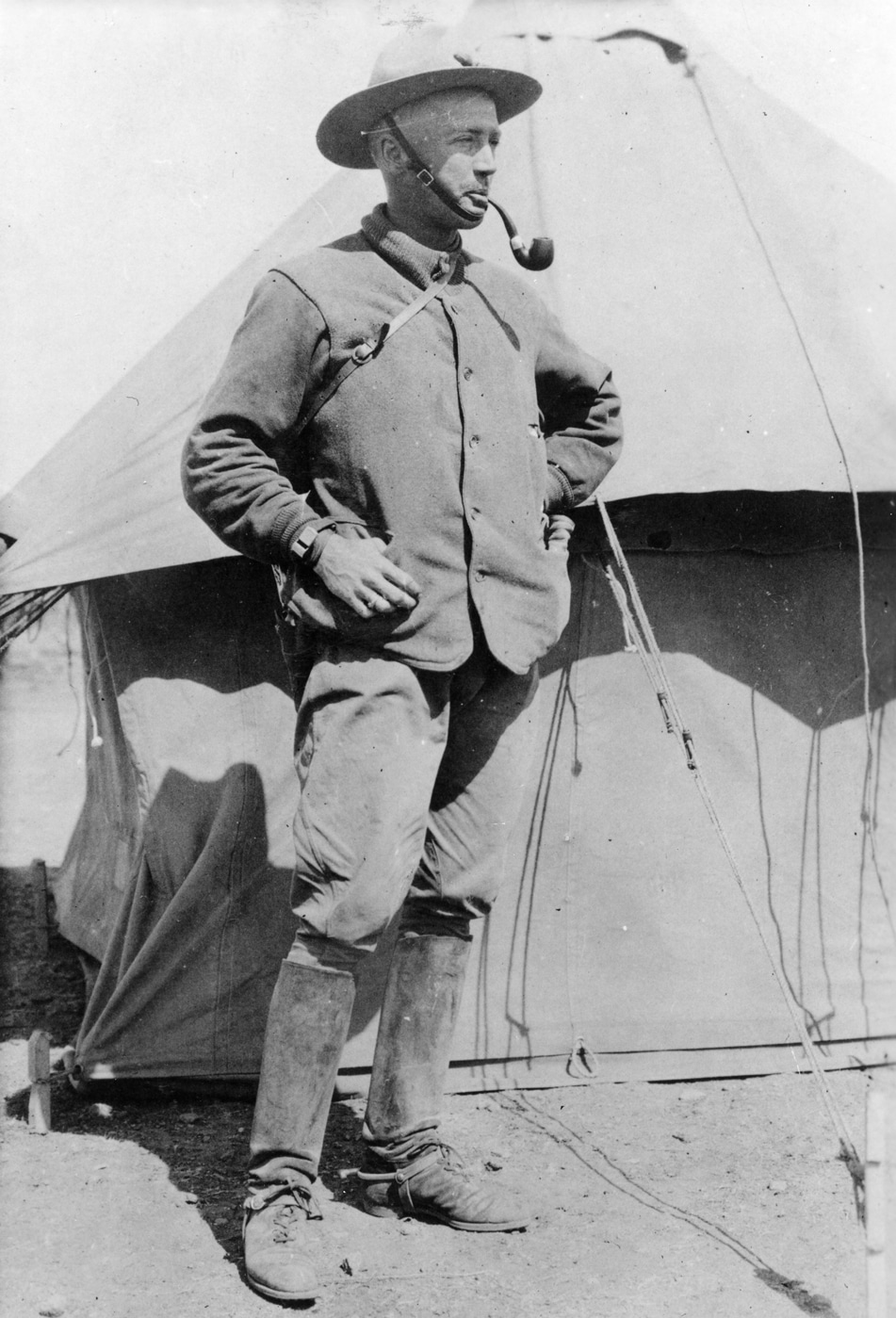
In addition to a diagnosable excess of ego, Patton was terrified he might miss out on war. He called in every favor he could find and was eventually assigned as Pershing’s aide during the 1916 Punitive Expedition to fight Pancho Villa. That was where he first saw the elephant.
Like most young men, 2LT Patton was full of fire and vinegar. Once he arrived in theater he found a place filled with danger and intrigue. Mexican bandits were everywhere, and American soldiers had to be forever on their guard. As a result, when the young officer hit a local watering hole with his mates all wearing civilian clothes, he stuffed his M1911 pistol in his belt, just in case.
Patton already exhibited some exceptional skill at arms. He held the title “Master of the Sword” based upon his facility with a cavalry saber and was an Olympian who placed fifth in the 1912 pentathlon. Had he been given credit for two rounds that likely passed through the same hole while firing his .38-caliber Colt target revolver he would have taken gold. However, once he got lubricated at the bar, something untoward occurred and his M1911 accidentally discharged.
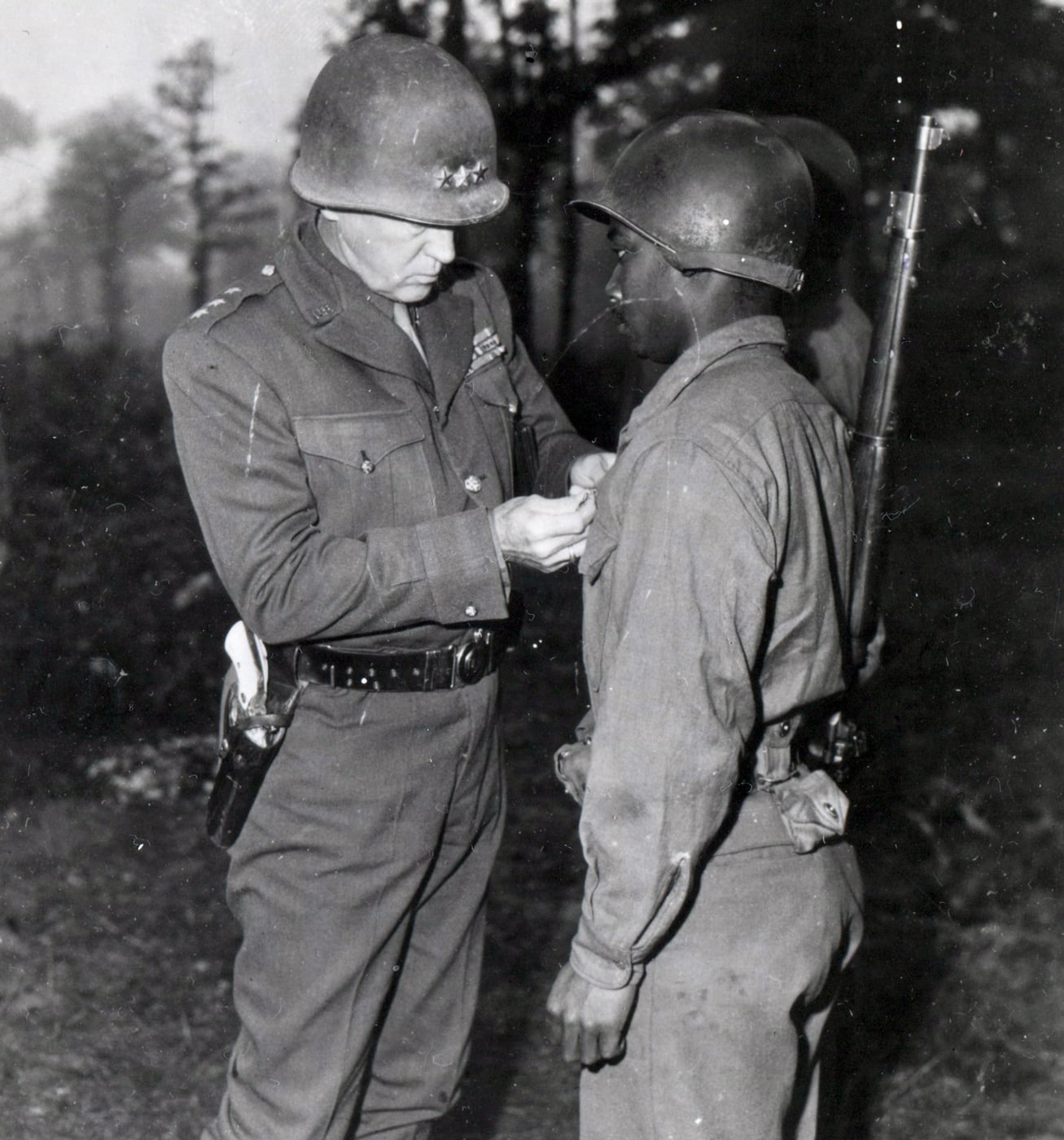
No one was hurt, but the young man soured on John Browning’s esteemed hogleg. As a result, he sent off for a Single Action Army revolver for which he paid $50. He later had the gun fitted with ivory grips and extensively engraved. He carried the weapon with an empty chamber under the hammer and used it to kill a pair of Mexican bandits. I saw the gun on display in the Patton Museum when I was kid, replete with the appropriate notches in the grips.
Serious War
Patton followed Pershing to Europe for World War I where he developed a keen interest in the burgeoning science of tanks. He toured the French Renault plant where the FT tanks were being produced and received a block of instruction on their operation. When the first 10 tanks were presented to the US Army, Patton personally backed seven of them off the train. He was the only soldier in the US Army with any tank-driving experience.
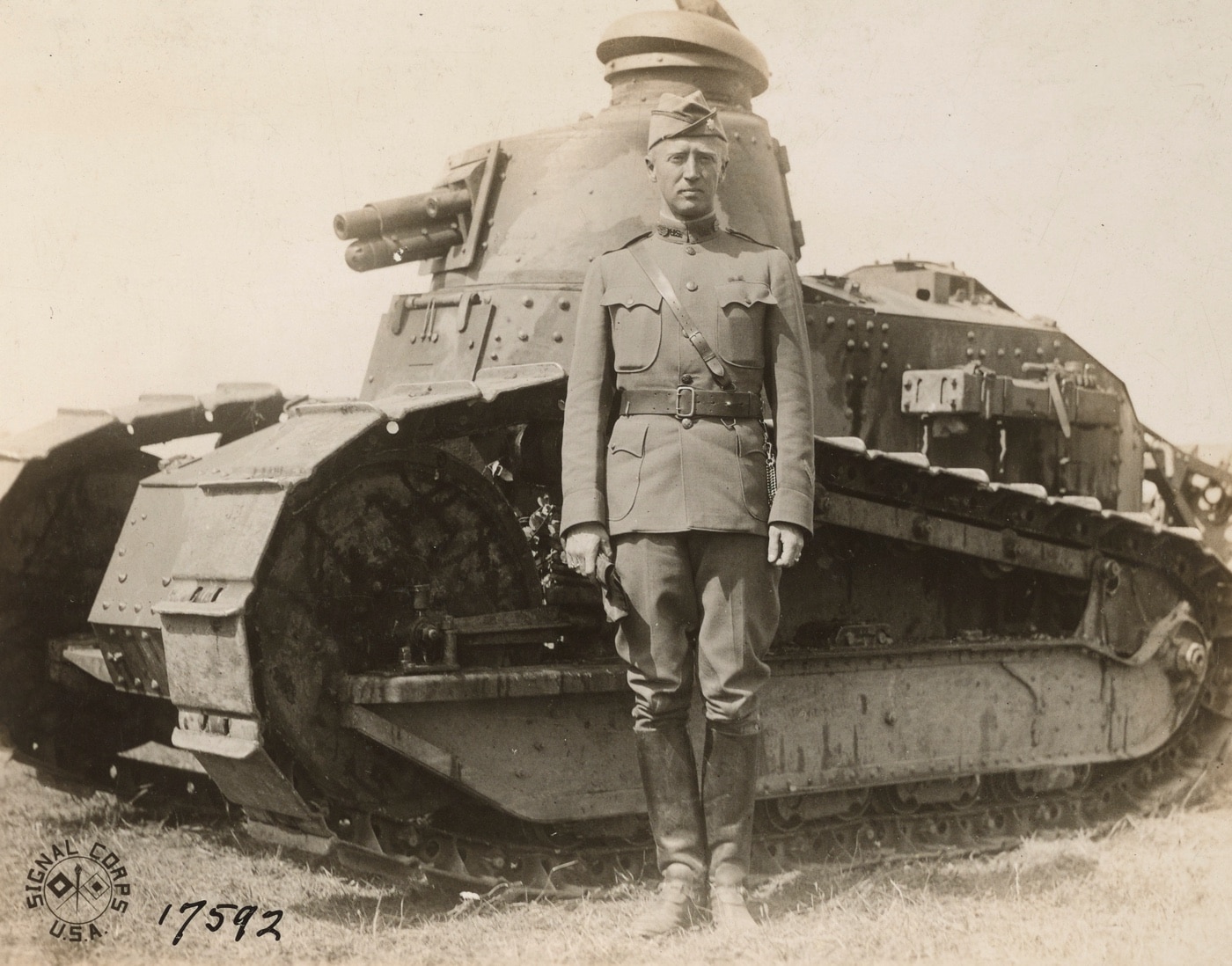
Patton led the first US armored forces into combat at Saint Mihiel in 1918, often walking in front of the vehicles under fire to guide their drivers. In the heat of battle, he struck an American soldier over the head with a shovel to motivate him to dig and later admitted that he may have killed the man. A gunshot wound to the pelvis took him out of the rest of the war.
The Big Time
World War II was without precedent in human history. In 1939, there were 174,000 troops in the US Army. At its apogee during the height of the war, that number reached 8 million. Such explosive expansion offered unprecedented opportunities for advancement. George Patton rode that wave.
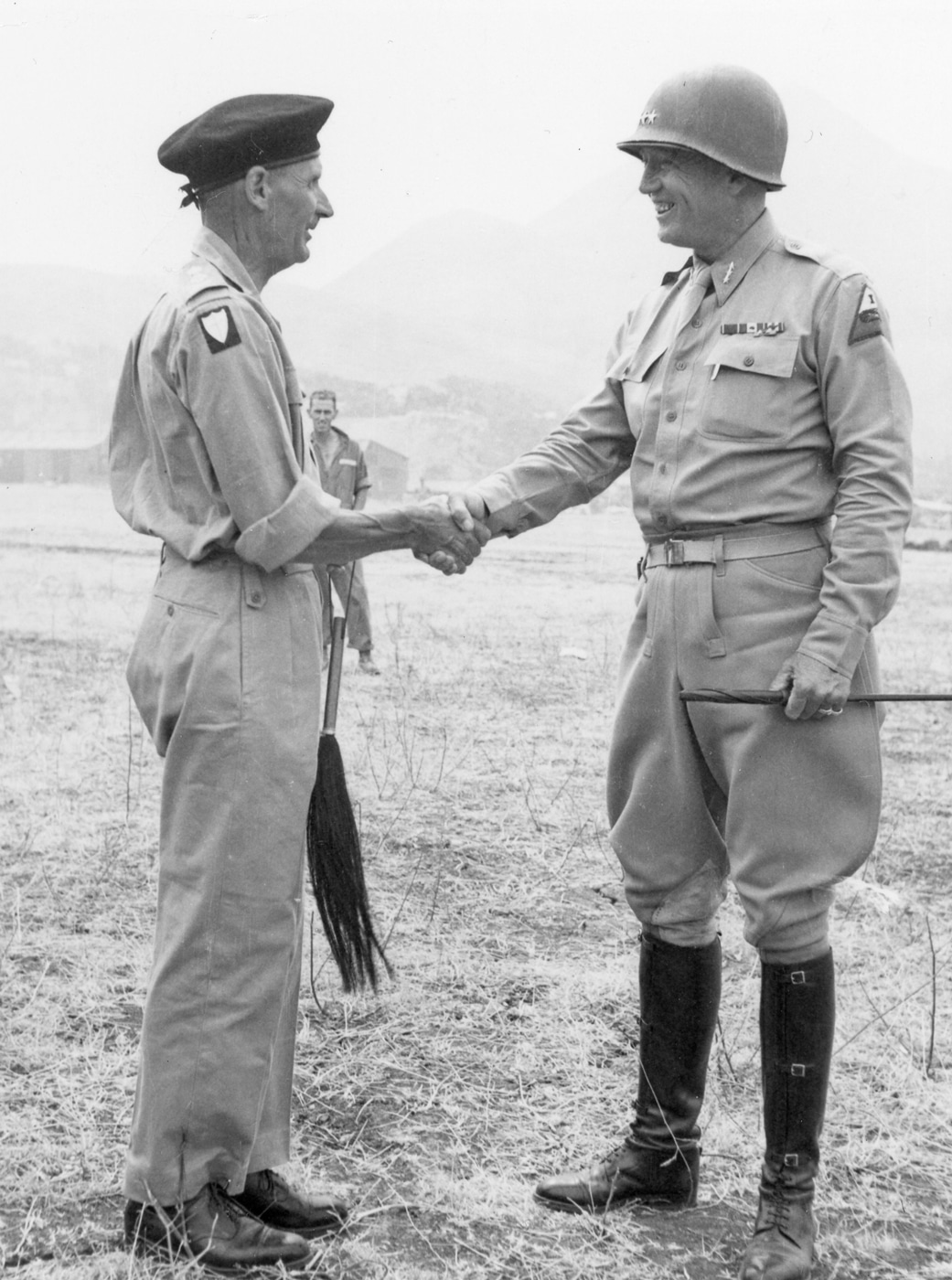
Patton’s military service in WWII has been exhaustively documented elsewhere, but here’s an overview. He served in North Africa and subsequently commanded the Seventh Army during Operation Husky, the Allied invasion of Sicily. The controversy surrounding Patton’s slapping of a soldier suffering from battle fatigue circled the globe. Additionally, Patton was implicated for his part in the infamous Biscari massacre wherein American troops shot Axis prisoners claiming the flamboyant General had directed them to do so during a motivational speech. However, an investigation by the Inspector General of the War Department cleared Patton of any wrongdoing in the matter.
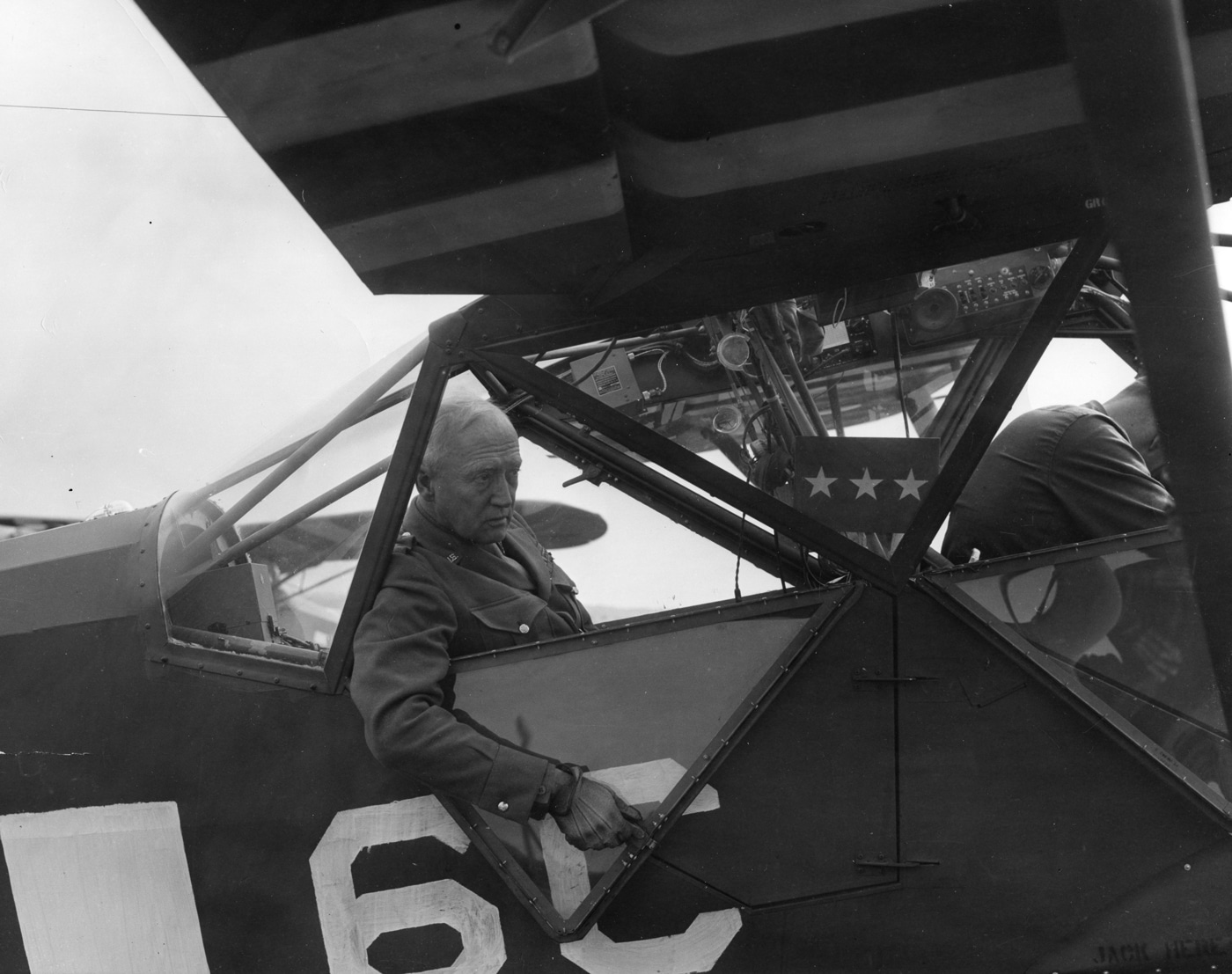
Nevertheless, Patton was placed in command of the “Phantom Army” based in the UK and intended to draw German attention away from the D-Day landings.
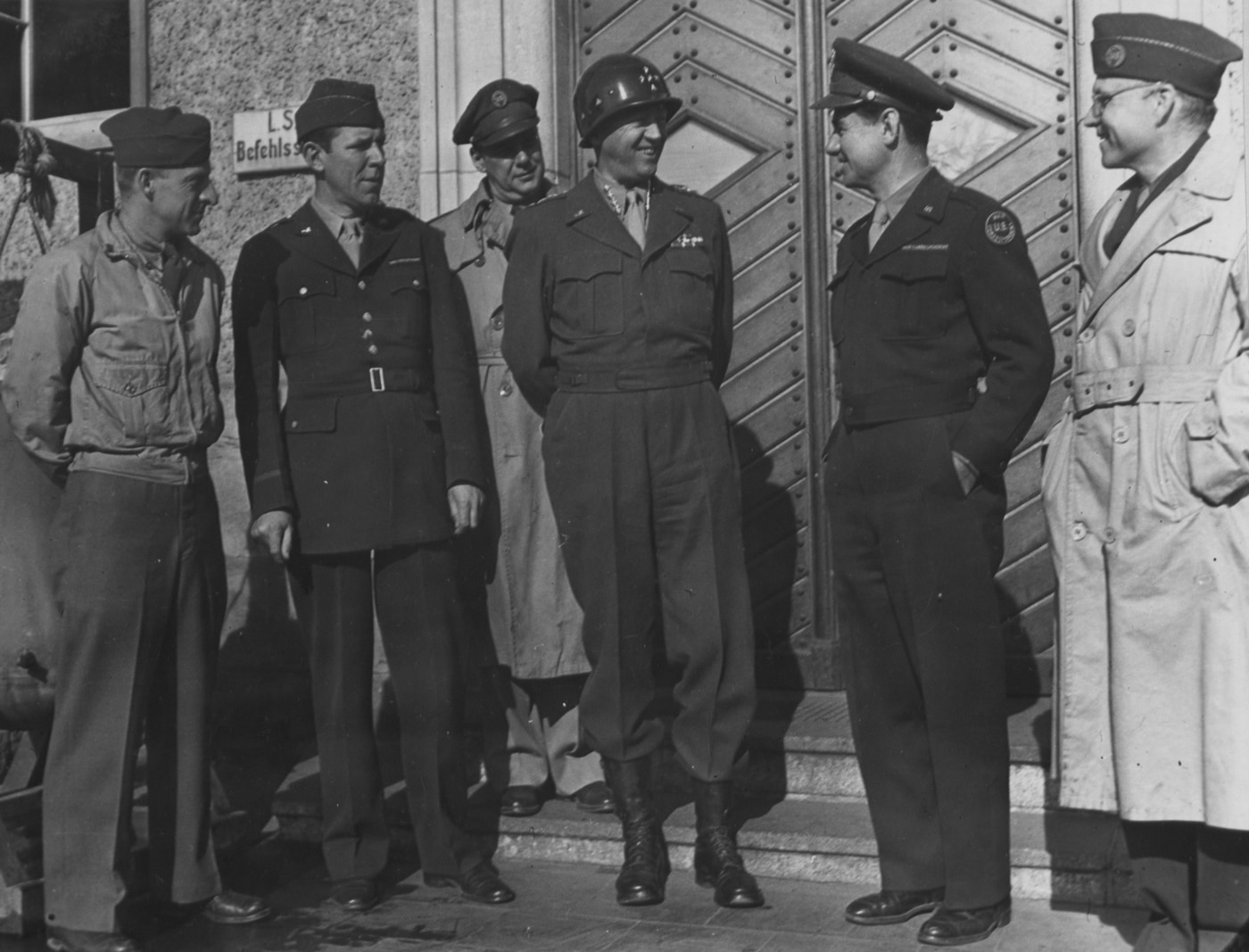
Once Patton was unleashed upon the continent, his reputation as a fire-breather veritably exploded. Patton led his Third Army on a hell-for-leather charge across France and then helped break the back of the German assault during the Battle of the Bulge. By the end of the war, Patton was a four-star General and a legend in the eyes of the American people. He famously died in an auto accident at age 60 on 21 December 1945. Controversy orbits around the details to that event to this very day.
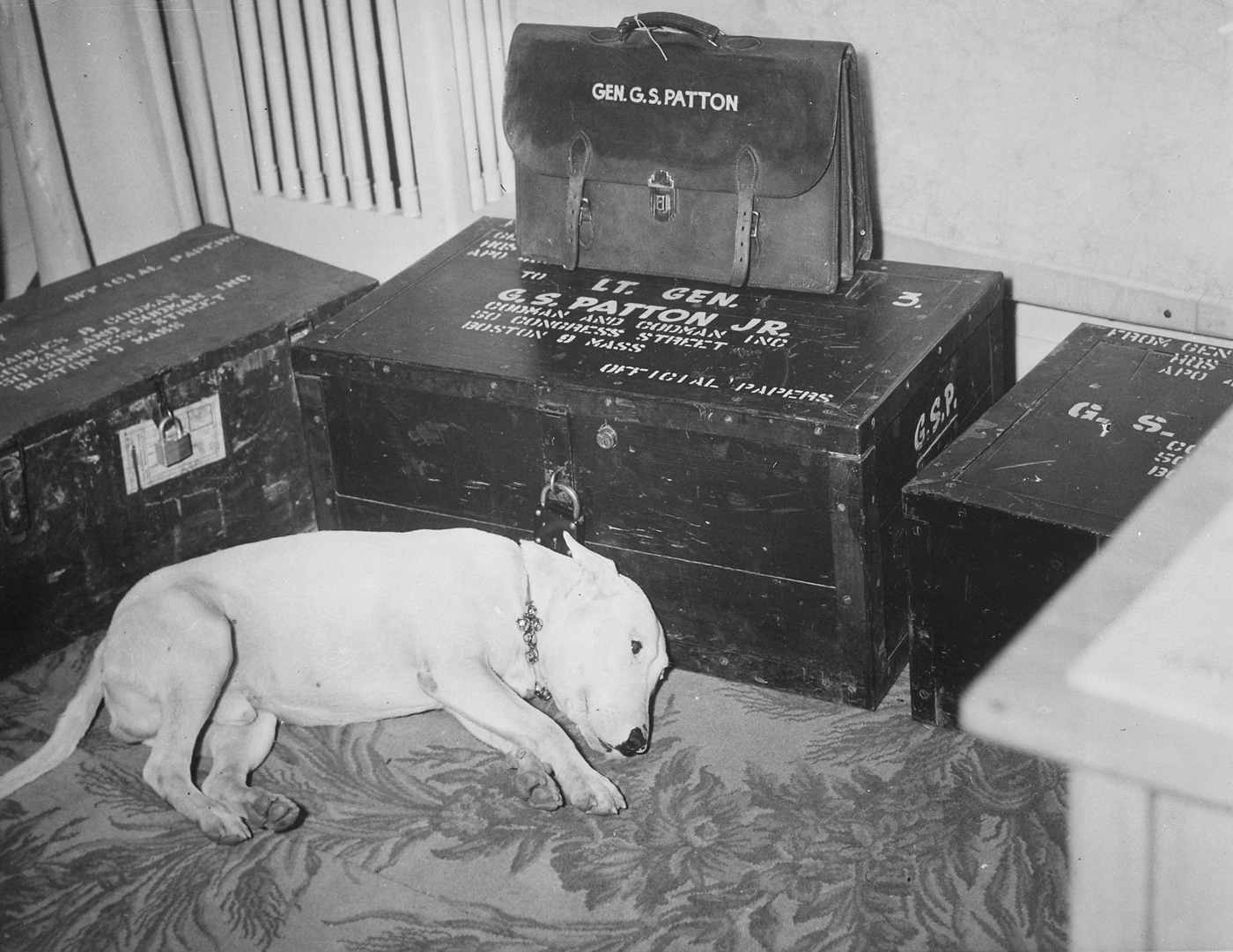
Ruminations
General George Patton was a visionary commander who thrived in the radical space of the war. Audacious, bold, and utterly addicted to war, Patton was a natural combat leader. Though his lack of political sensitivity nearly scuppered his career on numerous occasions, he was nonetheless one of the most effective military officers the United States has ever produced.
Editor’s Note: Please be sure to check out The Armory Life Forum, where you can comment about our daily articles, as well as just talk guns and gear. Click the “Go To Forum Thread” link below to jump in and discuss this article and much more!
Join the Discussion
Continue Reading
Did you enjoy this article?

 677
677






